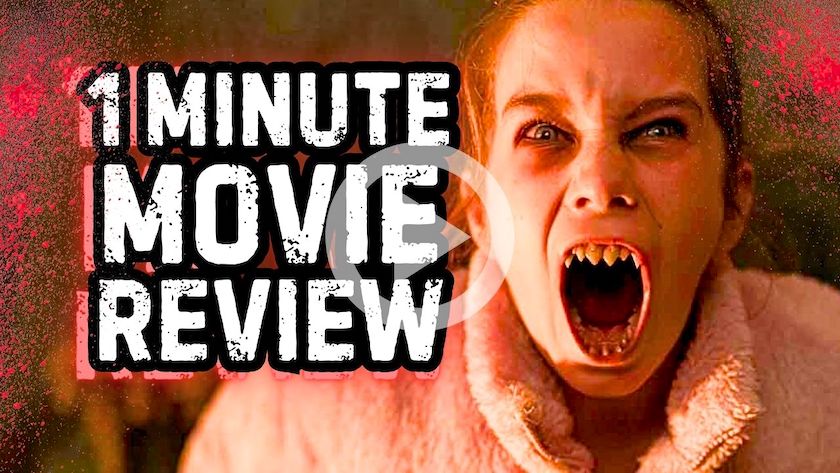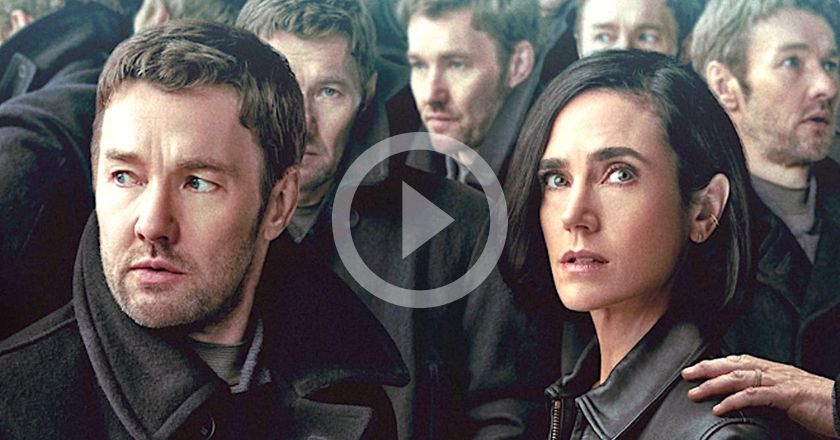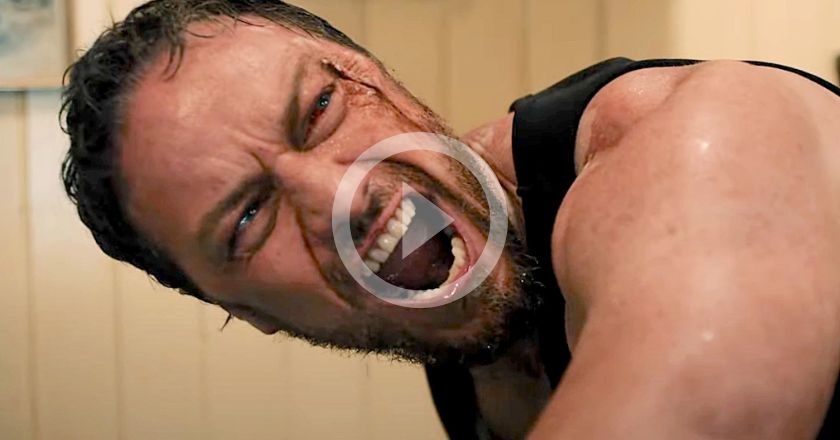My Ode To Wes Anderson.
Written by Lily Davis.

The whimsy and individuality of Wes Anderson’s vision has perfectly translated into every one of his films and utterly bewitched audiences. As a filmmaker, he is a true auteur. His distinctive touch has molded films that are like no other. While each of his creations explores exciting new ideas, they never lose what is now understood as that beautiful “Wes feel.”
Wes’ creations have often been likened to dollhouses; where every element of the frame has been precisely constructed. Wes explains; “I have a way of filming things and staging them and designing sets. There were times when I thought I should change my approach, but in fact, this is what I like to do. It’s sort of like my handwriting as a movie director. And somewhere along the way, I think I’ve made the decision: I’m going to write in my own handwriting.” He is a true master of composing his own unique and unbelievably enchanting world.
Anderson is a director who has very much been propelled by his own talent. From an early age he fostered a passion for filmmaking and performance; filming a range of amateur Super-8 movies and creating school plays. His magnetic pull towards story making was furthered when he met a young Owen Wilson, who was also studying at the University of Texas. They had a wonderful creative harmony. Their first film baby was the short Bottle Rocket. While originally a full-length feature, they soon ran out of funds, and were forced to edit their existing footage down to thirteen minutes. Evidently their vision for the film could be compacted, as its premiere at the Sundance Film Festival in 1994 was received with great favour. This exposure brought them to the attention of James L. Brooks and Polly Platt, who secured funding for the full-length version to be shot with Colombia Pictures. It was then that the Wes Anderson we know and love was born.

Disney chairman Joe Roth signed onto Wes’ second feature film, agreeing to give him a small budget and let him take the reins. The result was Rushmore (1998). This film helped build the momentum of his slowly growing fan base and earned him even more critical acclaim. His audience then broadened through the release of The Royal Tenenbaums in 2001, which also earned him an Academy Award nomination for Best Original Screenplay. From then on his popularity continued to snowball. Next came The Life Aquatic with Steve Zissou in 2004. This adventure-comedy-drama was set to the superb tones of Seu Jorge covering a range of David Bowie tracks. 2007’s The Darjeeling Limited was the tale of three brothers who travel to India in hopes of reconnecting. Wes Anderson’s first animated feature was Fantastic Mr. Fox in 2009. The adaptation of a Roald Dahl story included the fine vocal work of George Clooney and Meryl Streep, and managed to maintain the same distinctive touch of his other films. Moonrise Kingdom (2012) was an exploration of young love, and it was beautiful through Wes’ eyes.
Wes Anderson’s films are highly idiosyncratic and tend to have the same quirks that pop up again and again. These strike up a sense of familiarity from when the film first starts to roll. Given Wes’ extraordinary attention to detail it’s far too hard to identify and explore every one of his trademarks. Whether it’s a pair of pants that fall just above the ankle or the appearance of that yellow Futura font, there’s always some element of his films that connect them to the rest.
Wes always works from a distinctive and varied colour palette. This provides the look of the film with an extraordinary visual aesthetic. Every prop or piece of costuming has been specifically selected to adhere to the overall look of his movie. There never seems to be a single item out of place. A strong sense of symmetry is constructed in every frame. This is emphasised, as the camera often feels very deliberately centred. It’s also hard to forget that his films usually contain at least one absolutely captivating slow motion shot. Images such as Gwyneth Paltrow emerging from a green line bus, three brothers leaping on board a moving train, and a young Jason Schwartzman dancing with his teacher, are sure to imprint themselves on your memory.

His films all seem to draw from an offbeat, deadpan sense of humour. There’s a sense of tightness about it. While a broad spectrum of actors have appeared in his films, Wes seems able to direct everyone so their line delivery matches his vision.
Wes has an unbelievable knack for putting together his soundtracks. He has collaborated with musician and composer Mark Mothersbaugh on a total of five films. His song selections always deliver that perfect stylistic punch while you’re watching.
Wes Anderson often works from a similar pool of actors, the list of which is growing steadily. His greatest collaborators are Owen Wilson and Bill Murray, both of whom have developed seven projects with Anderson. Jason Schwartzman has appeared in five of his films. Other notable reoccurring faces include Anjelica Huston, Luke Wilson and Kumar Pallana. Their superb performances have given Wes’ films part of their heart and contributed to the strength of his vision. Bill Murray has said of working with Wes; “There wasn’t a whole hell of a lot that we shot that was wrong, because I mean, if you read the script, it’s pretty spare, you know? It’s pretty clean. The storytelling””he spends a lot of time and he’s obviously very specific about how he wants things to look and sound. So there’s not a lot of overage. He’s got a lot of tricky camera moves, so you shoot a lot of goofy takes, where the camera isn’t absolutely perfect, so you do it again. So that’s the only time””that’s the overage. That’s the extra time, is he takes a lot of time to get it perfect.”
Wes Anderson also has a small handful of shorts to his name. Aside from Bottle Rocket he has created two others:Â Hotel Chevalier (2007) and Castello Cavalcanti (2013). On top of that he has been enlisted to direct several commercials, including advertisements for American Express, Prada and Stella Artois.

For me, watching his films is always an absolute joy. I popped my Wes Anderson cherry with The Life Aquatic. It was unlike any movie I’d ever seen before and I knew I wanted to watch many, many more like it. His films have some serious heart. So many times I’ve watched and re-watched a Wes Anderson only to be caught by a sudden rush of warmth. It’s like a wonderful mix of poignancy, bittersweet and nostalgia. It’s the kind of moment where you don’t know whether to laugh or cry; and it’s total magic. Wes Anderson once commented; “That’s the kind of movie that I like to make, where there is an invented reality and the audience is going to go someplace where hopefully they’ve never been before.” I think I’m not the only one that dearly wishes to live in that very place.
Along with so many of his fans I am eagerly awaiting the not-too-far-off release of The Grand Budapest Hotel. The film stars Ralph Fiennes, Willem Dafoe and Harvey Keitel, along with a large band of his regulars. If reviews so far are anything to go by, then we are in for, as expected, a great treat.
– L.D.







